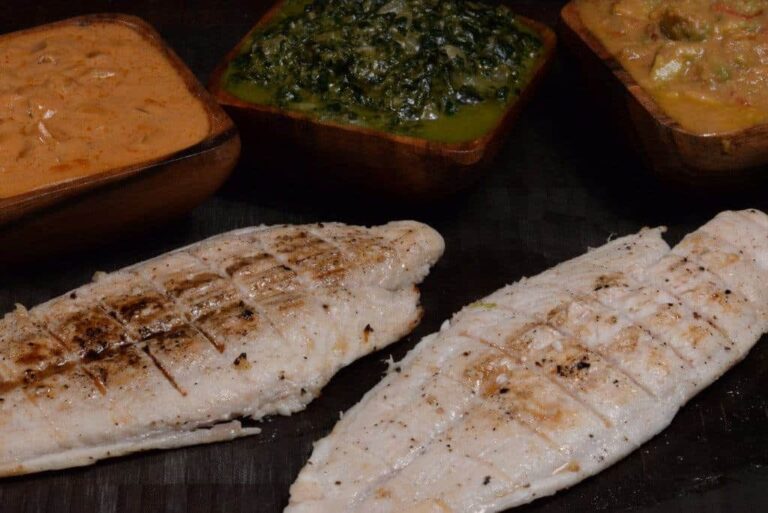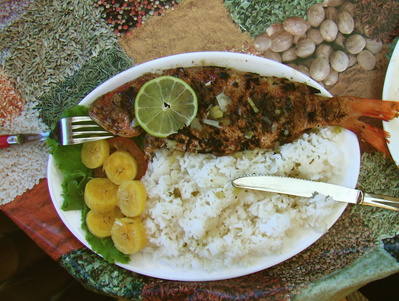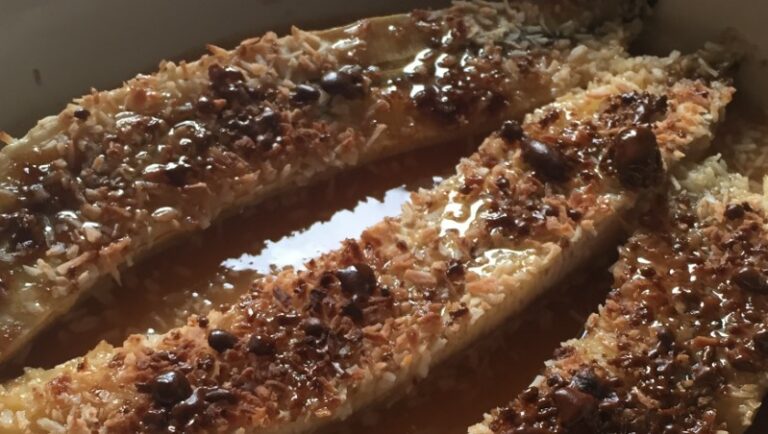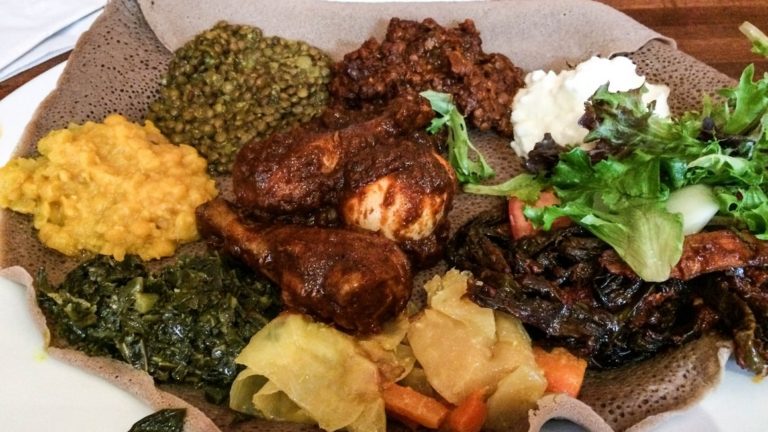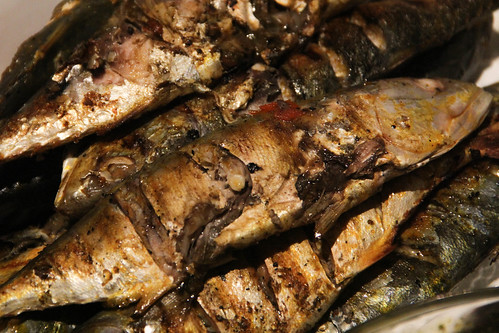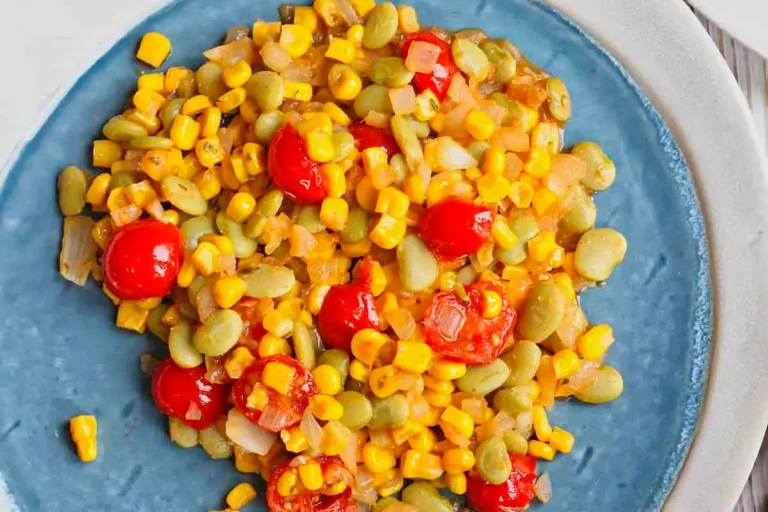Introduction
Equatorial Guinea is a small African country that boasts of a rich culinary culture, influenced by both African and Spanish tastes. The street food scene in Equatorial Guinea is no exception, with a variety of delicious snacks and dishes that are popular among locals and visitors alike. In this article, we will explore some of the most popular street foods in Equatorial Guinea.
Sipopo Fish
Sipopo Fish is a popular street food in Equatorial Guinea that features grilled fish seasoned with a blend of spices and herbs. The fish used in this dish is typically tilapia, catfish or sea bream. It is served with a side of boiled plantains or cassava bread and can be found in most street food markets across the country.
Nkate Cake
Nkate Cake is a popular street food in Equatorial Guinea that is made from groundnuts, sugar, and flour. The mixture is then cooked and formed into small cakes, which are then wrapped in banana leaves and steamed. These cakes have a sweet and nutty flavor and can be found in most street food markets in the country.
Boiled Plantains
Boiled plantains are a staple street food in Equatorial Guinea that is enjoyed by locals and visitors alike. The plantains are boiled until soft and are typically served with grilled fish or chicken kebabs. They can also be eaten on their own as a snack and can be found in most street food markets.
Chicken Kebabs
Chicken kebabs are a popular street food in Equatorial Guinea that features marinated chicken skewered and grilled to perfection. The chicken is seasoned with a blend of spices and herbs and can be served with a side of cassava bread or boiled plantains. Chicken kebabs can be found in most street food markets across the country.
Grilled Corn
Grilled corn is a popular street food in Equatorial Guinea that is enjoyed by locals and visitors alike. The corn is grilled over an open flame and served with a side of spicy sauce. Grilled corn is a great snack and can be found in most street food markets in the country.
Fried Rice and Beans
Fried rice and beans is a popular street food in Equatorial Guinea that is made from rice, beans, and a variety of vegetables and spices. The dish is typically fried in oil and can be served with a side of grilled fish or chicken kebabs. Fried rice and beans can be found in most street food markets across the country.
Cassava Bread
Cassava bread is a popular street food in Equatorial Guinea that is made from cassava flour and water. The mixture is then formed into small rounds and grilled over an open flame. Cassava bread is typically served with a side of Sipopo Fish or grilled chicken kebabs and can be found in most street food markets in the country.
In conclusion, Equatorial Guinea’s street food scene is a vibrant and diverse one, with a variety of delicious snacks and dishes that reflect the country’s rich culinary culture. Whether you’re looking for something sweet, savory or spicy, you’re sure to find something that satisfies your taste buds in the bustling street food markets of Equatorial Guinea.


